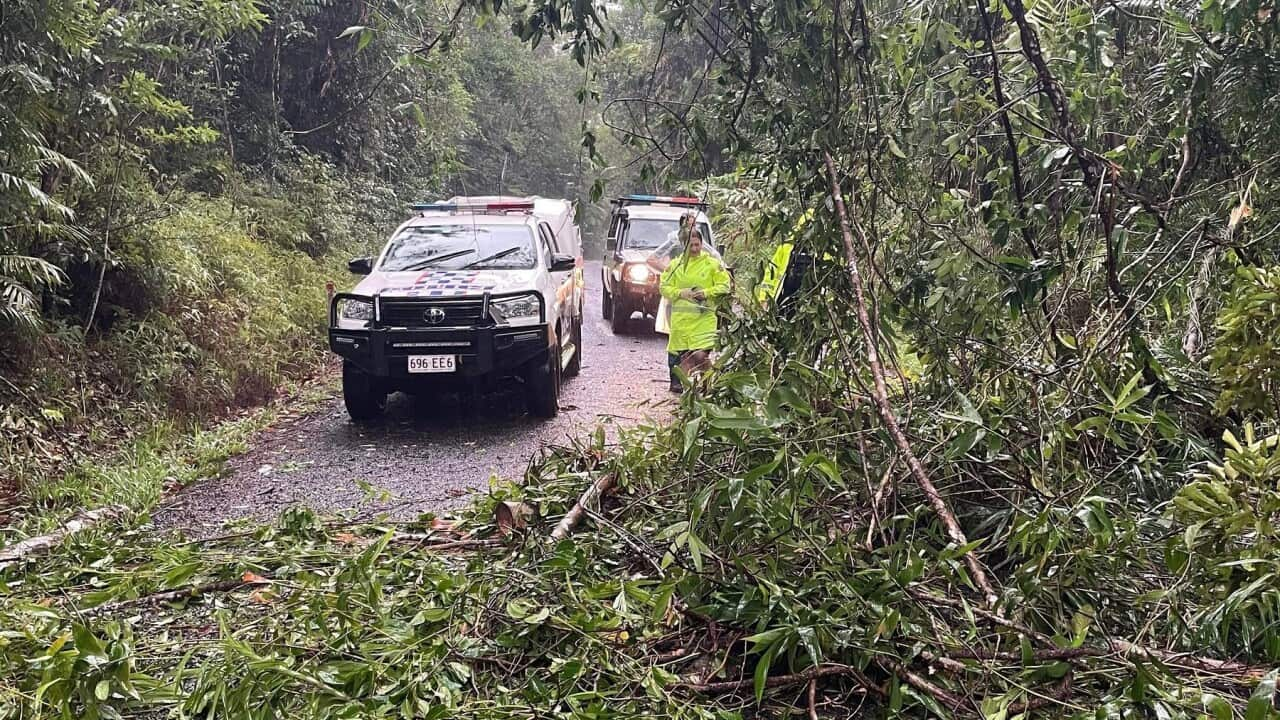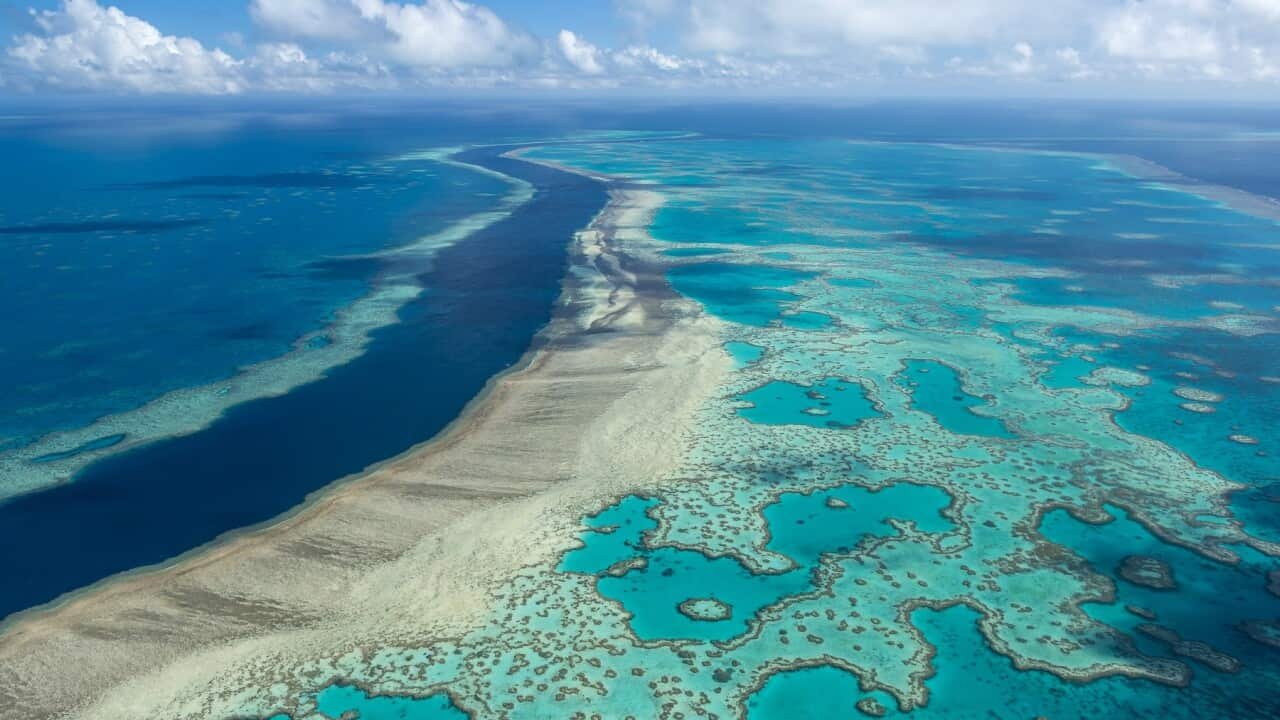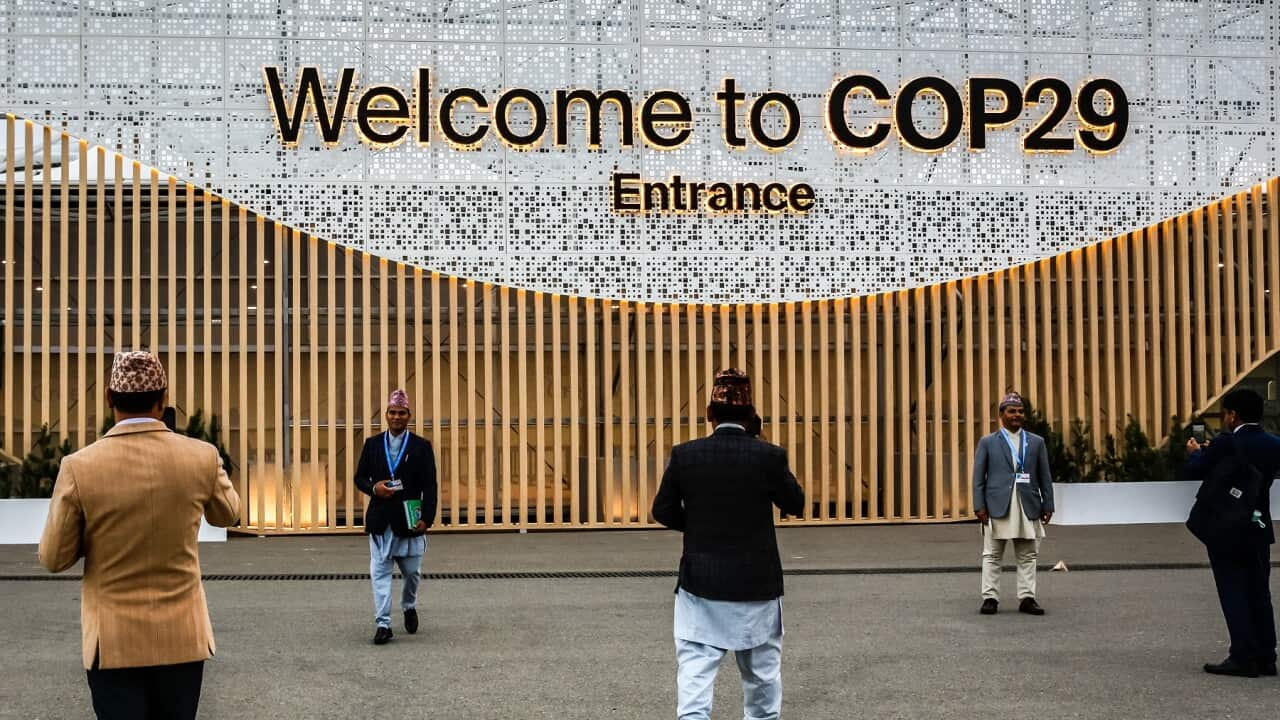TRANSCRIPT:
In far north Queensland, they're still counting the cost of flooding in the wake of Cyclone Jasper.
The road to Cape Tribulation - where the rainforest meets the Great Barrier Reef - remains closed, and ferry crossings to the Daintree are only for essential services.
Jacqui Biggs is a short-stay accommodation provider.
She says the closures have put the local tourism industry in a difficult position.
"We're all good to go. But you just can't get to the property at the moment and we've lost about $10,000 so far and there'll be more losses if we don't get any more bookings through by the end of January and then of course you've lost the holiday season because all the schools we back open again. And that will be the end of it until Easter."
Queensland Premier Steven Miles has announced a joint state and federal funding package to the value of five million dollars.
It will provide discount flights and accommodation for the Cairns and Port Douglas regions, in a bid to encourage tourists to return.
Mr Miles says it's important that tourism continues as Queensland recovers.
"Cairns and the state's far north are global tourism icons. They are fantastic places to visit and now is a great opportunity for Australians who have thought about coming here before, or maybe have great memories of the time they did come here before, to book in. Come along, have a fantastic holiday and at the same time support fellow Australians, fellow Queenslanders who are recovering from the impacts of disaster."
Mark Olsen from TourismTropical North Queensland says he welcomes the funding boost.
"It's our sincere thanks to the state and federal government for this really quick turnaround and this incredibly important support. It's been four weeks since this began and on the back of two and a half years of really tough times for the tourism industry this is the lifeline that the industry needs."
But Jacqui Biggs isn't so convinced.
"It's great. And I think it's good for the big players who operate out of Cairns and Port Douglas, the big hotel chains, that sort of thing. But for smaller operators and particularly in the upper Daintree, it's absolutely meaningless to us because people cannot get to us."
The Queensland governments says they are well aware of the extent of the damage.
Deputy Premier Cameron Dick says they've estimated the cost of the cleanup and rebuild to be at least two billion dollars.
"These are very early days. We know there'll be at least a billion dollars that will need to be invested to restore essential infrastructure like roads and rail systems. At least $500 million of that will go towards roads reconstruction as well. But this is a very early estimate."
While businesses count the cost of the wild weather, residents are also trying to clean up their homes.
More than 60,000 people across the state have already received $11 million in government financial assistance.
Cameron Dick says there's been widespread devastation.
"There's also been 6000 insurance claims in far north Queensland, and 42,000 and rising in south-east Queensland... In the far north, more than 800 homes have been damage. In the south-east, that number is about 500 and rising."
On the Gold Coast, mayor Tom Tate says 700 streets across 20 suburbs have had to be cleared.
He says there's been an estimated 750,000 truckloads of debris, with the green waste left across the city as the result of storms enough to fill up 80 football fields, two metres high.
As the cleanup continues, Queensland's premier Steven Miles has visited the remote community of Wujal Wujal, an Indigenous community that was cut off at one stage by floodwaters, forcing the town's residents to be evacuated by air.
Senator Nita Green, the special envoy for the Great Barrier Reef, says the situation there is said to still be precarious.
"This is an isolated community at the best of times, but right now road access is incredibly precarious.. They did have some rain about two days ago, and so we're very conscious that road access that is there for emergency personnel could be taken away at any time."
Queensland's bout of wild Christmas weather was so severe, that at one stage as many as 130,000 homes were without electricity.
On the Gold Coast, some homes have been without power since Christmas Day, when a tornado ripped through the area.
Authorities say the task to restore electricity to every home is almost complete.













